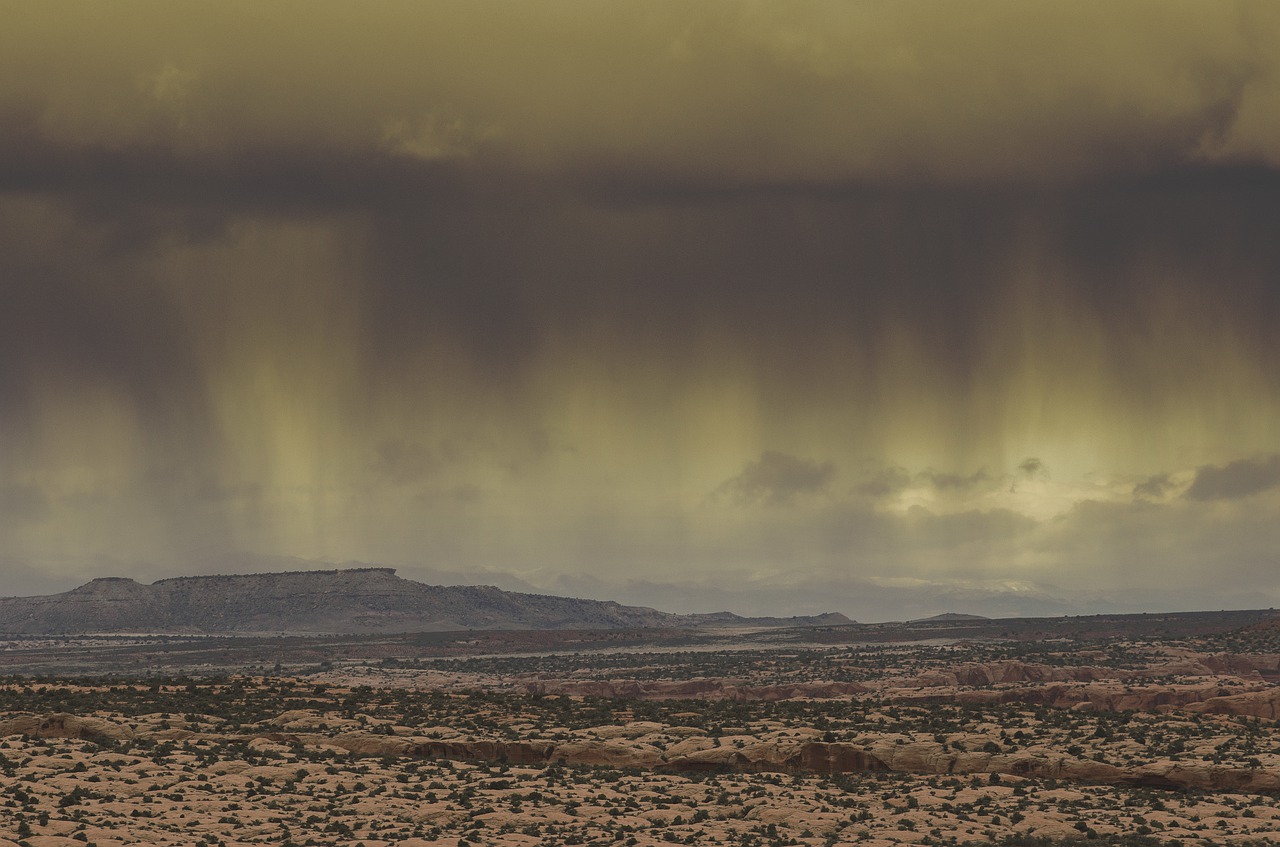This is an archive of prayers, prayer-poems, and songs for the Wet season (i.e., Fall & Winter) in which precipitation in the form of rain and snow provides one of the four key ingredients for the perpetuation of most life as we know it on our Earth (sun, soil, water, and air). Click here to contribute a prayer you have written, or a transcription and/or translation of a historic prayer or song in any language, familiar or obscure, for the Wet season. Filter resources by Collaborator Name Filter resources by Tag Filter resources by Category Filter resources by Language Filter resources by Date Range
The Geshem prayer for Shmini Atzeret in the Maḥzor Aram Ṣoba has some things in common with other Geshem texts, but its most unique facets are twofold. First and most obviously, the extensive catena of verses from Torah, Neviim and Ketuvim that falls between the introductory announcement and the piyyutim themselves. And second, several Aramaic passages relatively rare in other texts, which seem to reflect an archaic form predating the adoption of Arabic as the spoken language of the Aleppo Jews. (These Aramaic passages are marked in green in the transcription.) As standard in Eastern practice, especially in the Maḥzor Aram Ṣoba (which shows a surprisingly modern reticence to interrupt the ‘amidah), this prayer is placed after the Torah service and before musaf begins. . . . Categories: Tags: Contributor(s): Categories: Tags: Contributor(s): A prayer in the event of excessive raining causing economic hardship, from Mantua in 1729. . . . Categories: Tags: Contributor(s): Categories: Tags: Contributor(s): This is a paraliturgical prayer for rain during the wet season, read during the festival of Sukkot, following in the tradition of Yiddish tkhines, albeit written in French. The prayer was included by Rabbi Arnaud Aron and Jonas Ennery in their opus, אמרי לב Prières d’un Coeur Israelite (first edition) published in 1848 by the Société Consistoriale de Bons Livres. . . . Categories: Tags: Contributor(s): Categories: Tags: Contributor(s): Rain is important in every society, but particularly so in places like Eretz Yisrael, where rain only falls during a defined portion of the year. It is critical, then, that the “rainy season” in fact be rainy, since no rain can be expected for the remainder of the year. Accordingly, prayers, liturgies, and fast days relating to rain (or the lack thereof) played, and continue to play, a prominent role in Jewish tradition. Our tefillot today contain two major references to rain: “hazkarat geshamim” (better known as “mashiv haruaḥ umorid hagashem“) and “she’eilat geshamim“, found in the weekday Amidah in the 9th berakhah, “birkat hashanim“. There, an alternating liturgy was established: during the dry months, we say “v’tein berakhah“, whereas during the rainy season, we say “v’tein tal umatar livrakhah“, an explicit request for the rain to fall. Consensus emerged around the opinion of Rabban Gamliel in Mishnah Ta’anit 1:3 that “she’eilat geshamim” should begin on the 7th of Marḥeshvan (15 days after Shmini Atzeret, the 22nd of Tishrei). This would give pilgrims from as far away as the Euphrates (a 15-day journey) sufficient time to return home in dry weather. This is current practice in Eretz Yisrael to this day. . . . Categories: Tags: Contributor(s): Categories: Tags: Contributor(s): The time of Sukkot is a time of fullness and generosity, but also a time to pray for the coming season. Shemini Atzeret, the festival when we pray for rain, is an expression of our need for water, which in the Jewish tradition symbolizes life, renewal, and deliverance. Tefillat Geshem, a graceful fixture of the Ashkenazic liturgy, invokes the patriarchs as exemplars of holiness and model recipients of God’s love. This prayer uses water as a metaphor for devotion and faith, asking that God grant us life-sustaining rain. While its authorship is unknown, it is sometimes attributed to Elazar Kallir, the great liturgist who lived sometime during the first millenium. Each year, we are reminded of our people’s connection to the patriarchs and to the rhythms of water, spiritual and physical sources of life, through this medieval piyyut. While we know that rain is a natural process, formal thanksgiving for water as a source of life, energy, and beauty reminds us that our Creator is the source of our physical world and its many wonders. . . . Categories: Tags: Contributor(s): A prayer of thanksgiving for when it snows in a land needing snowfall (and ultimately, snowmelt). . . . Categories: Tags: Contributor(s): A prayer of thanksgiving for when it rains in a land needing rainfall. . . . Categories: Tags: Contributor(s): A paraliturgical prayer for rain on Shemini Atseret. . . . Categories: Tags: 21st century C.E., 58th century A.M., English vernacular prayer, גשם geshem, interpretive translation, paraliturgical tefilat geshem, Prayers for Precipitation, Rain, rainfall, water cycle, water is life Contributor(s): |



